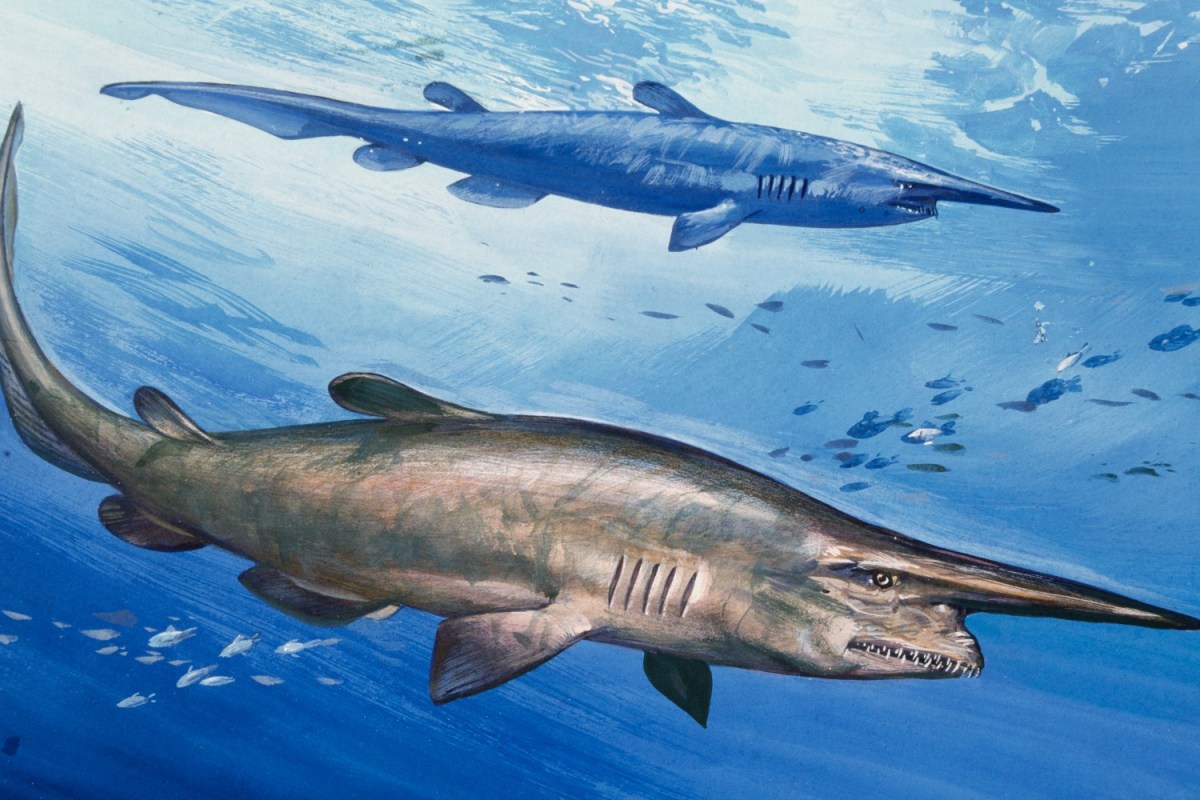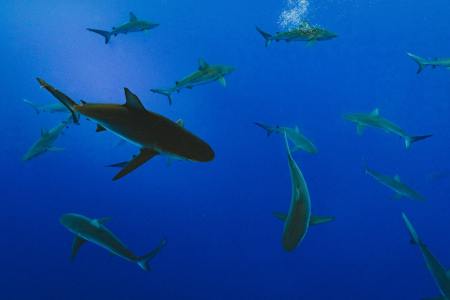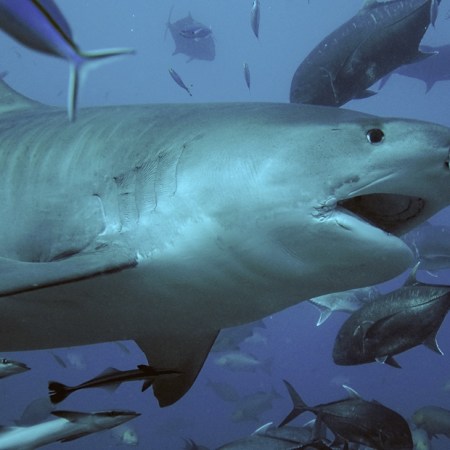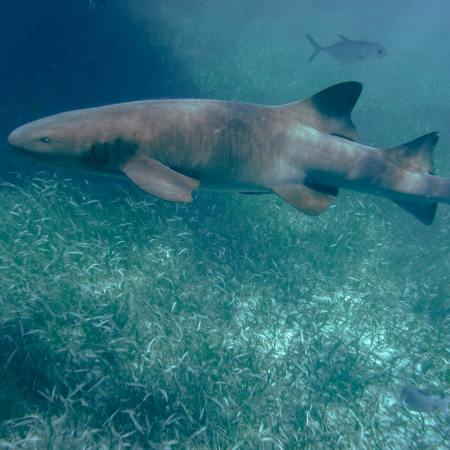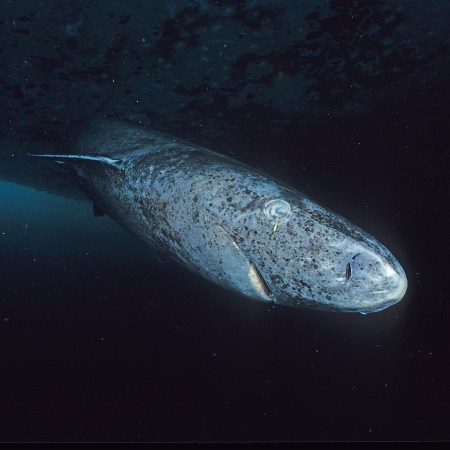When it comes to aquatic predators, sharks have understandable captured the public’s imagination. High-speed swimming and mouths full of jagged teeth have a certain fascination, even if it’s in the “nope, I don’t ever want to see one of those” vein. The goblin shark is an especially unsettling type of shark, given that — there’s no easy way to say this — it has what appears to be a horn protruding from its head. Truly, it’s the stuff of nightmares.
But it’s also the stuff of contentious online scientific debates. As Gizmodo reports, what would normally have been grounds for a scientific breakthrough — the discovery of a goblin shark in the Mediterranean — has instead prompted accusations of hoaxes.
Last year, a group of scientists published a paper in the journal Mediterranean Marine Science that included a photograph of a deceased juvenile goblin shark. However, not everyone is convinced. As Gizmodo’s article details, a number of scientists commented on the initial paper — arguing that the shark in the photograph was not the genuine article. The comment points to “doubts [arising] about the authenticity of the image provided as figure to support the record” — citing the shark’s size and the shape of its fins as two elements that didn’t match those of other goblin sharks.
It’s also led one expert in the field to note that the shark photographed in the study looks oddly like a toy shark that can be purchased online.
Something Killed Off Most of the Planet’s Sharks 19 Million Years Ago
This is absolutely going to inspire a bunch of horror moviesMost online debates do not play out simultaneously on social media platforms and on the comments section of a scientific paper. Like the goblin shark, however, this one is unique.
Thanks for reading InsideHook. Sign up for our daily newsletter and be in the know.
